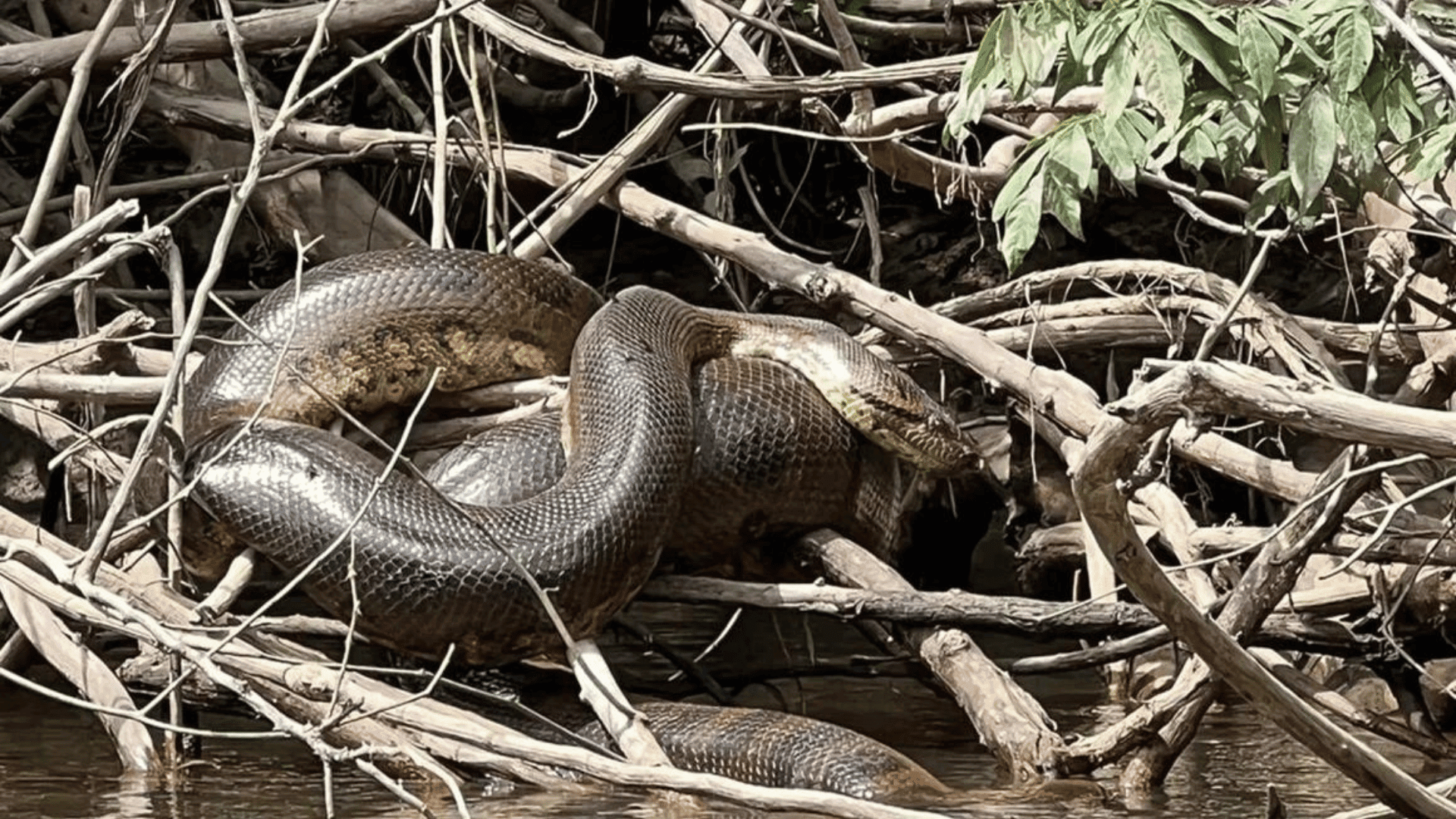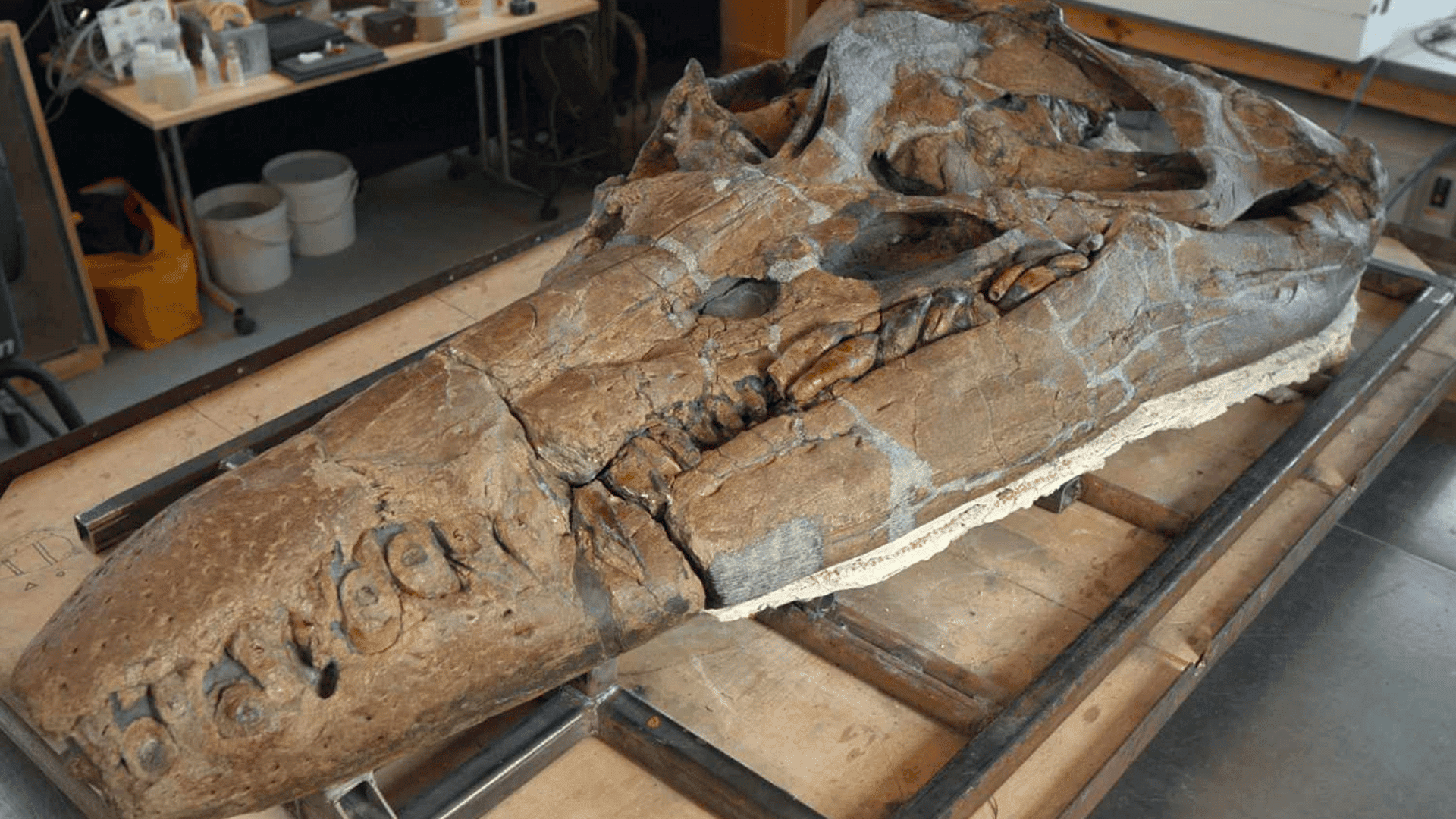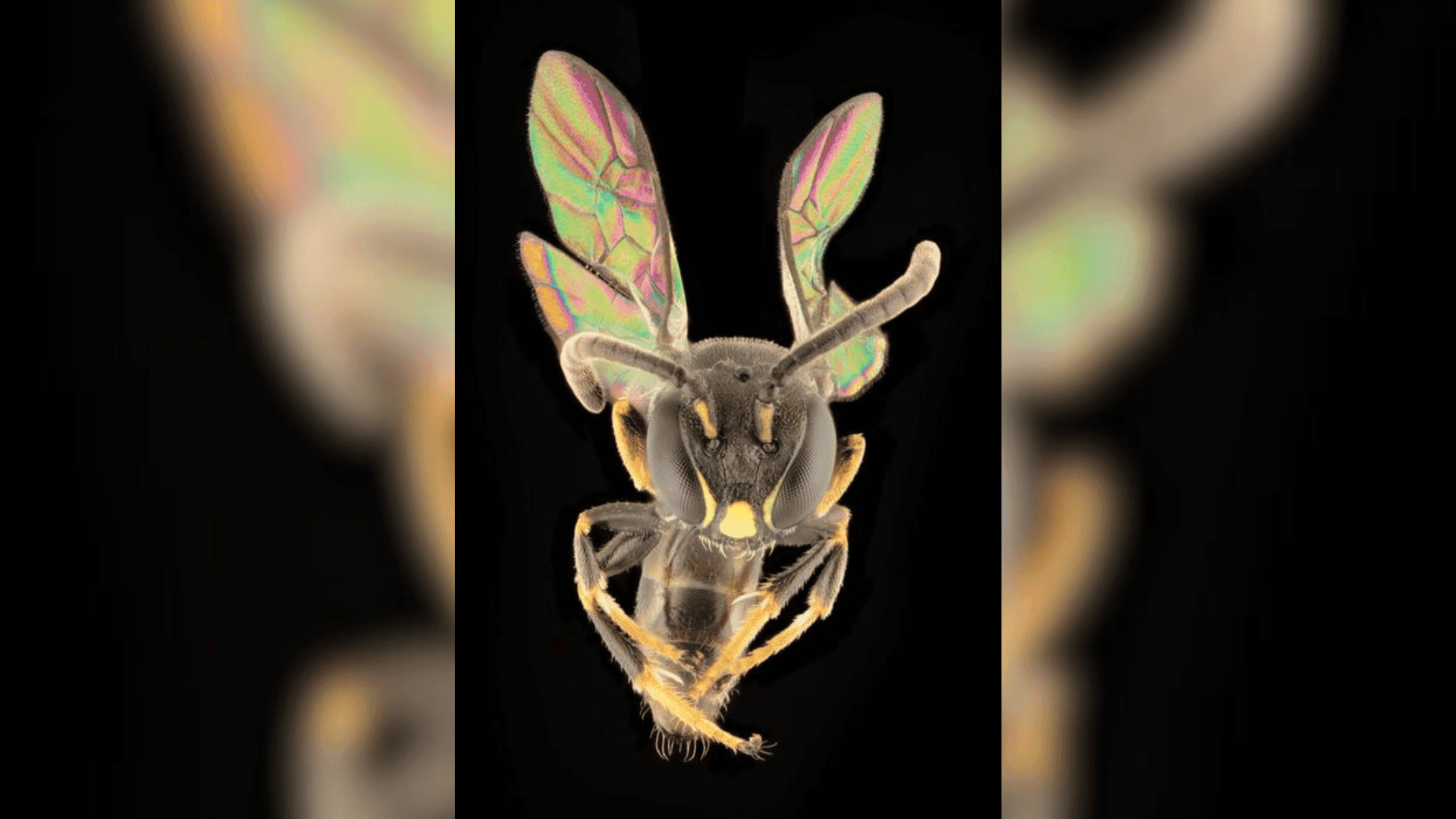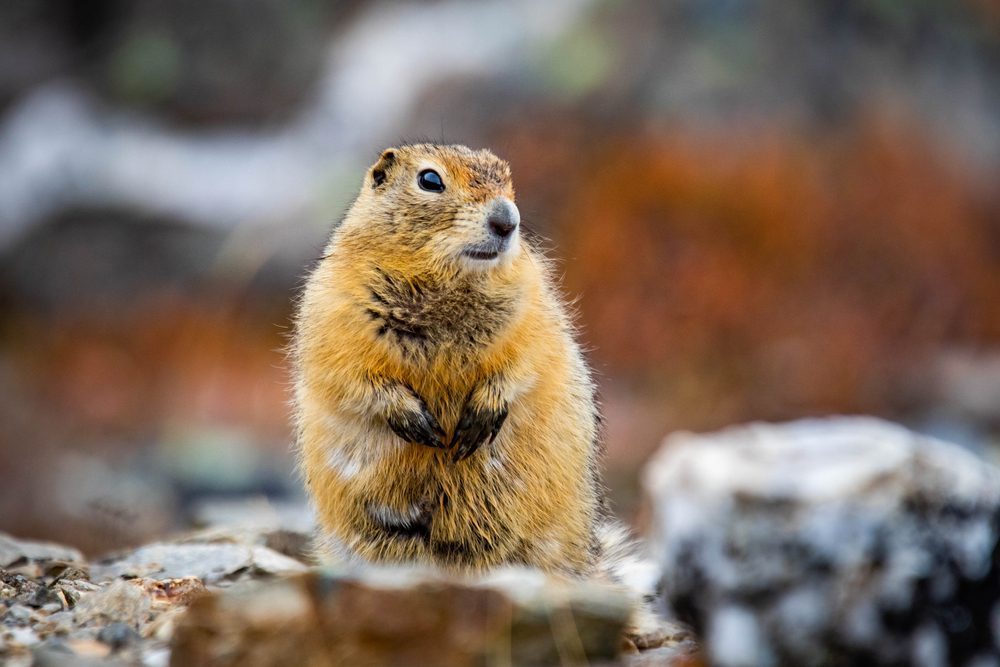Scientists in the Amazon rainforest have discovered a new species of snake that’s rumored to be the largest in the world. The newly documented species are green anaconda or giant non-venomous snakes found in or near water in the warm parts of South America.

A research team from the University of Queensland traveled to the Ecuadorian Amazon to search for the previously undocumented northern green anaconda. They were invited by the Indigenous Huaorani people to observe the anacondas which are “rumored to be the largest in existence,” according to the scientists.
The expedition took place as part of the filming of “Pole to Pole with Will Smith,” a National Geographic series that will stream on Disney+. The invitation by Huaorani Chief Penti Baihua to enter the Baihuaeri Huaorani Territory in the Ecuadorian Amazon was “one of only a handful granted since the tribe’s first contact in 1958,” stated Professor Bryan Fry, a biologist from the University of Queensland who led the team.
The hunters and team of scientists joined for a 10-day expedition to the Bameno region of Baihuaeri Waorani Territory. They paddled down the river system to “find several anacondas lurking in the shallows, lying in wait for prey,” according to Fry.
Explore Tomorrow's World from your inbox
Get the latest science, technology, and sustainability content delivered to your inbox.
I understand that by providing my email address, I agree to receive emails from Tomorrow's World Today. I understand that I may opt out of receiving such communications at any time.
“The size of these magnificent creatures was incredible – one female anaconda we encountered measured an astounding 6.3 meters (20.7 feet) long,” Fry said of the team’s discovery.

According to the UK’s Natural History Museum, green anacondas are the heaviest snakes with the largest ever recorded weighing 500 pounds and measuring 27.7 feet long and 3.6 feet wide.
The research team on the expedition also reported that they heard anecdotal evidence that snakes reaching 24.6 feet and 1,100 pounds had also been sighted in the area.
The Amazon has two separate basins and the larger basin in the south is home to the green anaconda from which the northern green anaconda originates. The smaller basin in the north is home to the newly discovered northern green anaconda.
This expedition also allowed them to reveal that the newly identified species of northern green anaconda diverged from the southern green anaconda almost 10 million years ago as they differ genetically by 5.5%.
“It’s quite significant – to put it in perspective, humans differ from chimpanzees by only about 2 percent,” Fry stated.







